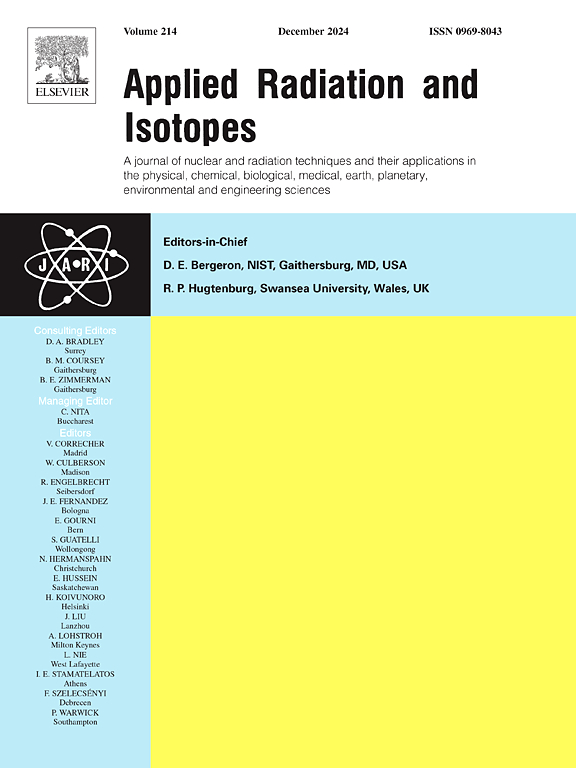RAPTOR-AI: An open-source AI powered radiation protection toolkit for radioisotopes
IF 1.6
3区 工程技术
Q3 CHEMISTRY, INORGANIC & NUCLEAR
引用次数: 0
Abstract
Artificial intelligence (AI) has gained significant attention in various scientific fields due to its ability to process large datasets. In nuclear radiation physics, while AI presents exciting opportunities, it cannot replace physics-based models essential for explaining radiation interactions with matter. To combine the strengths of both, we have developed and open-sourced the Radiation Protection Toolkit for Radioisotopes with Artificial Intelligence (RAPTOR-AI). This toolkit integrates AI with the Particle and Heavy Ion Transport code System (PHITS) Monte Carlo package, enabling rapid radiation protection analysis for radioisotopes and structural shielding. RAPTOR-AI is particularly valuable for emergency scenarios, allowing quick dose dispersion assessments when a facility’s structural map is available, enhancing safety and response efficiency.
RAPTOR-AI:一个开源的人工智能驱动的放射性同位素辐射防护工具包
人工智能(AI)由于其处理大数据集的能力,在各个科学领域受到了极大的关注。在核辐射物理中,虽然人工智能提供了令人兴奋的机会,但它不能取代解释辐射与物质相互作用的基本物理模型。为了结合两者的优势,我们开发并开源了人工智能放射性同位素辐射防护工具包(RAPTOR-AI)。该工具包将人工智能与粒子和重离子传输代码系统(PHITS)蒙特卡罗包集成在一起,能够对放射性同位素和结构屏蔽进行快速辐射防护分析。RAPTOR-AI在紧急情况下特别有价值,当设施的结构图可用时,可以快速评估剂量分散,提高安全性和响应效率。
本文章由计算机程序翻译,如有差异,请以英文原文为准。
求助全文
约1分钟内获得全文
求助全文
来源期刊

Applied Radiation and Isotopes
工程技术-核科学技术
CiteScore
3.00
自引率
12.50%
发文量
406
审稿时长
13.5 months
期刊介绍:
Applied Radiation and Isotopes provides a high quality medium for the publication of substantial, original and scientific and technological papers on the development and peaceful application of nuclear, radiation and radionuclide techniques in chemistry, physics, biochemistry, biology, medicine, security, engineering and in the earth, planetary and environmental sciences, all including dosimetry. Nuclear techniques are defined in the broadest sense and both experimental and theoretical papers are welcome. They include the development and use of α- and β-particles, X-rays and γ-rays, neutrons and other nuclear particles and radiations from all sources, including radionuclides, synchrotron sources, cyclotrons and reactors and from the natural environment.
The journal aims to publish papers with significance to an international audience, containing substantial novelty and scientific impact. The Editors reserve the rights to reject, with or without external review, papers that do not meet these criteria.
Papers dealing with radiation processing, i.e., where radiation is used to bring about a biological, chemical or physical change in a material, should be directed to our sister journal Radiation Physics and Chemistry.
 求助内容:
求助内容: 应助结果提醒方式:
应助结果提醒方式:


